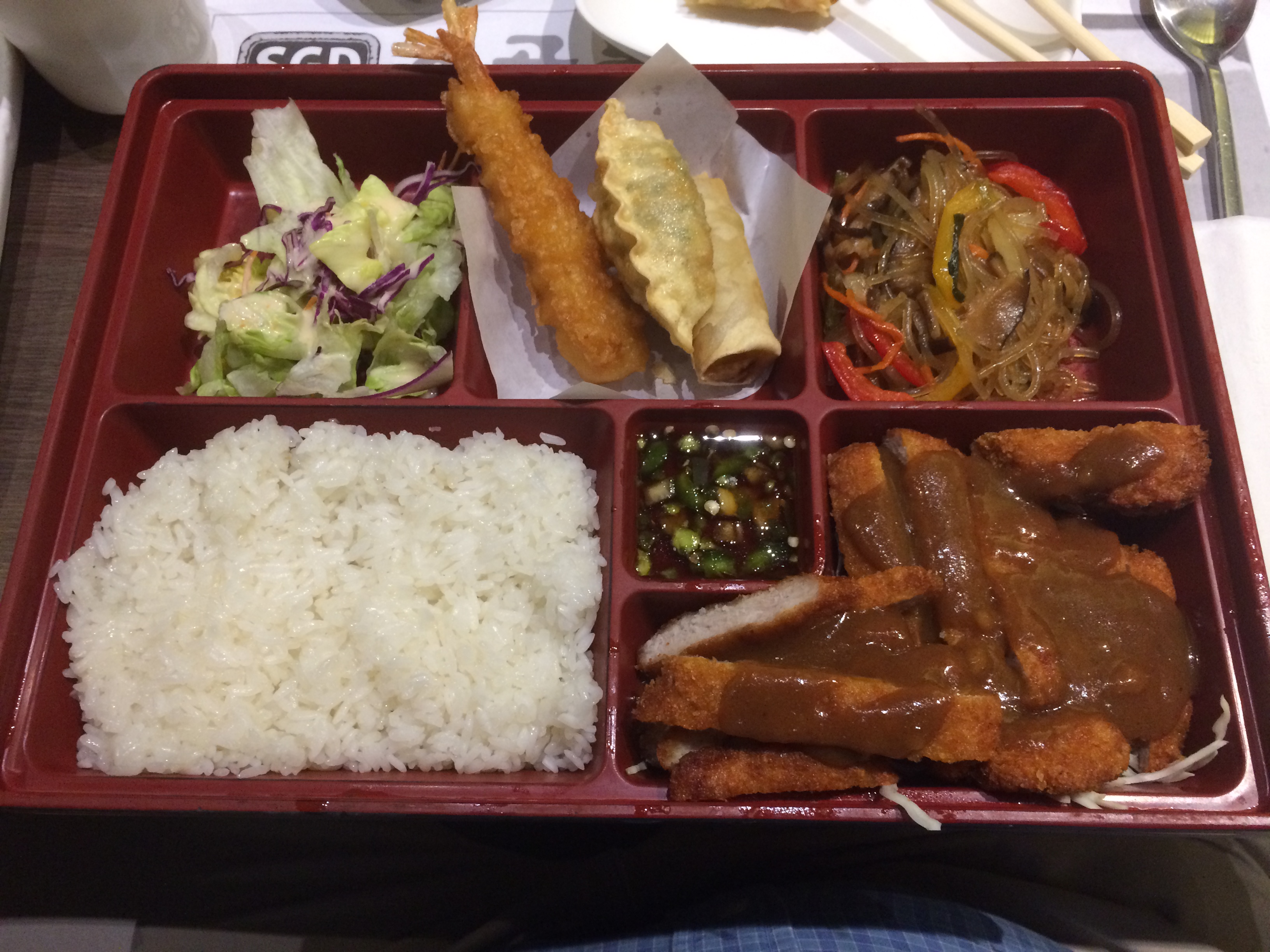Back again after the Memorial Day weekend, when it will be June already. June, now that’s a fine month.
Lilly arrived for a short visit today. We all went out to a restaurant to eat this evening. Sounds ordinary, but that was the first time since March 2020. We went to the last place we all went together that month, SGD, or So Gong Dong, a Korean place with about a dozen locations in the Midwest and on the Eastern seaboard. It’s a wonderful place, glad it survived.
As usual with a commencement program that lists everyone’s full names, I spent some time during Ann’s graduation on Monday examining those names, and again just now. As usual, the variety is remarkable.
Last names, for instance: Ahmed, Awdziejczyk, Bhandar, Cwik, Degrazio, Garcia, Gomberg, Jayawardena, Jones, Kaspari, Kobe, Lavrynovych, Mapembe, McCoy, Michalowski, Nguyen, O’Connor, Onilegbale, Picadi, Schoefernacker, Shah, Stribling, Wang.
Common names aren’t so common. There are no Smiths and two Joneses, three Browns and one Johnson (and a single Johnston) and a pair of Williamses. There are four Garcias and three Sanchezes but only two Gonzalezes and one Hernandez and one Gomez. Rodriguez is fairly common: seven. No one is named Kim, though there is a Lim. The aforementioned Wang is the only one.
Far and away the most common surname among the Class of ’21 is Patel. How many? Twenty-one. It’s a common name from Gujarat state on the west coast of India, and apparently Patels are well-represented in the diaspora.
One reason: Idi Amin. “When Idi Amin turfed out some 100,000 Indians (mostly Gujaratis) from Uganda in 1972, most of them descended on Britain before peeling off elsewhere,” notes the Economic Times of India. The timing was right, since the U.S. had junked its racist immigration policies that effectively kept out most South Asians only in 1965.
“There are said to be more than 500,000 Patels scattered across the world outside India, including some 150,000 each in Britain and the US,” the paper continues. A good many in the northwest suburbs of Chicago, clearly. Then there’s this associated term, which I’d never heard before.
During research for an article not long ago, I came across the persnickety food site Eat This Not That!, whose very title screams judgmentalism. One article is called “20 Vegetarian Foods That Are Surprisingly Aren’t.”
The subhead: These supposedly animal-free foods will make you gag, regardless of your dietary lifestyle.
I don’t have anything against principled vegetarianism or veganism, though I don’t plan to be either. But I do think an article that essentially says, Look how gross food additives are! is an exercise in simplemindedness. Overthink just about any food and you can say it’s repulsive.
The additives the articles objects to include animal bones, sheep’s wool, pork fat, shellfish, bird features, beaver musk, crushed beetles, fish bladders, pig hooves and calf stomachs. I don’t see that list and think, ew, gross. I think damn, human beings are awfully clever, using the most unlikely things to improve our food. Is that not a virtue among primal peoples anyway — using every part of the animal?
My favorite entry:
If you’re eating … Lucky Charms
You’re also consuming … Animal Bones
Those marshmallow moons, clovers and horseshoes are made with gelatin, derived from animal collagen (aka cartilage, skin, tendons, bones). True veg-heads — and those who keep kosher, and cannot mix milk and meat — have known this for years, staring regretfully at the taunting leprechaun. Also containing gelatin: Smorz, Fruity Marshmallow Krispies, and Rich Krispies Treats Squares.
There may be legitimate reasons not to eat a lot of sugar-coated cereal, but animal collagen doesn’t strike me as one of them.
